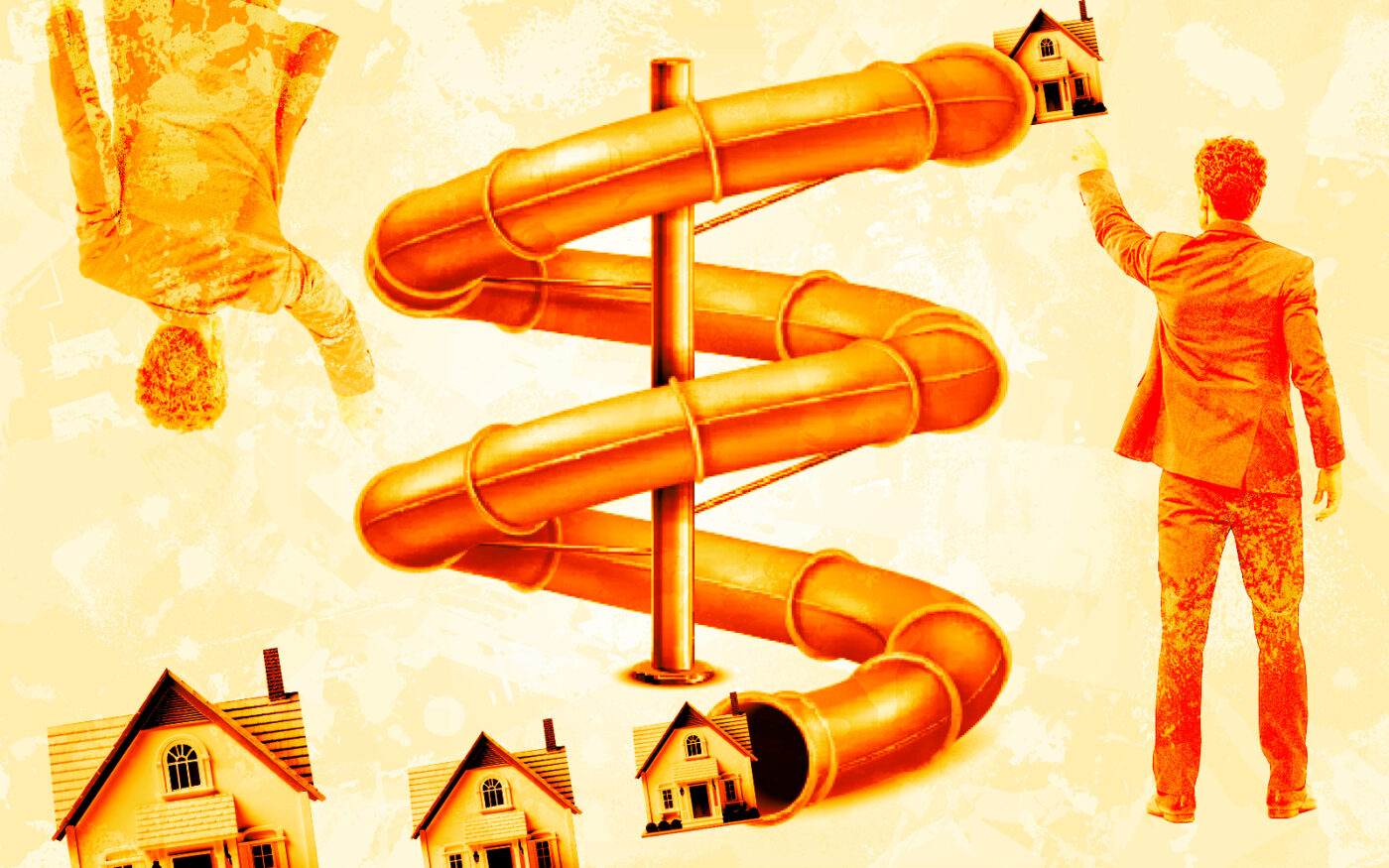
Trending
Market is already heating up after mortgage rates decline, agents say
Drop to 6.6% “has breathed optimism into the housing sector”

(Photo Illustration by The Real Deal with Getty)
The Federal Reserve gave the real estate industry an early Christmas present when it announced in mid December that it was done raising interest rates and would likely lower rates this year.
The announcement garnered an immediate reaction from real estate executives, jubilant at the prospect of a stronger market in the new year. It also appears to have had an immediate impact on New York City’s residential market.
“This is anecdotal, but just in the first week of the new year it seems like the market has completely heated up,” said Sandy Edry, agent at Keller Williams. “All our agents reported significantly higher turnouts at open houses this weekend, especially given the weather and the time of the year.”
The early uptick in activity is a welcome sign, though actual rate cuts are likely six months away. They’re likely to come in the form of three 25-basis point increments, meaning they could be spread out over the second half of the year. But mortgage rates have already fallen considerably: rates for a 30-year fixed mortgage have fallen to roughly 6.6 percent, down from 7.79 percent at the end of October.
“With the Fed doing nothing but pausing, rates have fallen … a full point or more, which has breathed optimism into the housing sector,” said analyst Jonathan Miller. “The outlook is, standing here today and standing here a year from now, rates are expected to be lower, and two years from now even lower.”
While mortgage rates often rise and fall with interest rates, that isn’t always the case. Beyond the rate set by the Federal Reserve and other actions by the central bank, mortgage rates are determined by a range of economic factors, including inflation, unemployment and jobless claims, and supply and demand.
Mortgage rates began falling around the start of November, in anticipation of the Fed’s decision freeze rate hikes. They’re also being driven down by the spread between rates for a 30-year fixed mortgage and the benchmark treasury rate, said Edry. The spread has been unusually large, but is falling back to historical norms, according to The Wall Street Journal, as investors look for more yield on mortgages amid rising volatility.
Read more



Serhant’s Talia McKinney has been advising her buyers to jump on the lower rates quickly, to beat out a seasonal surge in competition this spring.
“I feel like sellers right now are still motivated and there’s still less competition because there’s so many buyers that come with the warmer weather,” she said. “You can always refinance later.”




